If you’ve ever come across a rock that appears to be a blend of granite and diorite, you might be looking at granodiorite. This intriguing rock holds a mix of characteristics that set it apart from its parent rocks, offering geologists valuable insights into Earth’s geological history.
From its distinct composition to its unique properties, granodiorite presents a fascinating study in the world of rocks. As we explore its identification, classification, and geological significance, you’ll uncover the intricate details that make granodiorite a rock worth examining further.
Origin and Formation of Granodiorite
Granodiorite forms through the slow cooling of magma deep within the Earth’s crust. This process allows for the formation of large crystals, giving granodiorite its characteristic coarse-grained texture. The mineral composition of granodiorite is typically a combination of plagioclase feldspar, quartz, and biotite or hornblende. These minerals crystallize as the magma cools, with plagioclase feldspar being the most abundant mineral present in granodiorite.
The formation processes of granodiorite involve the gradual cooling of magma over a long period. As the magma cools deep within the Earth’s crust, mineral crystals have time to grow to a visible size. This slow cooling process distinguishes granodiorite from rocks formed by rapid cooling, such as volcanic rocks like basalt. The mineral composition of granodiorite gives it a speckled appearance due to the various colors of the minerals present. Understanding the formation processes and mineral composition of granodiorite is crucial for identifying and distinguishing this rock type in geological studies.
Physical and Chemical Characteristics
When examining granodiorite rocks, it’s essential to consider both their physical and chemical characteristics to understand their properties fully. Here are some key points to help you grasp the nature of granodiorite:
- Mineral Composition: Granodiorite is primarily composed of plagioclase feldspar, quartz, and biotite or hornblende. The presence of these minerals gives granodiorite its speckled appearance and medium to coarse-grained texture.
- Texture: Granodiorite rocks exhibit a phaneritic texture, meaning that the individual mineral grains are large enough to be distinguished with the naked eye. This texture is a result of the slow cooling process deep within the Earth’s crust.
- Weathering Resistance and Durability: Granodiorite is known for its exceptional weathering resistance and durability. Due to its dense composition and mineral makeup, granodiorite is highly resistant to chemical and physical weathering processes, making it a popular choice for construction and outdoor applications where longevity is essential.
Understanding these physical and chemical characteristics can help you appreciate the unique qualities and practical uses of granodiorite rocks.
Identification and Classification Methods
Considering the physical and chemical characteristics of granodiorite rocks, identifying and classifying them relies on specific methods that highlight their unique properties. One key method is analyzing the mineral composition and conducting texture analysis. Granodiorite typically consists of minerals such as plagioclase feldspar, quartz, and biotite or hornblende. The distribution and arrangement of these minerals within the rock can provide valuable insights into its classification.
Another aspect to consider is the color variations present in granodiorite rocks. These variations can range from light gray to pink or brown, depending on the specific mineral content. Observing these color differences can aid in distinguishing between different types of granodiorite. Moreover, examining the weathering patterns on the rock surface can also assist in identification. Granodiorite tends to weather in a specific manner, forming characteristic patterns that are unique to this rock type.
| Identification Methods | Description | Importance |
|---|---|---|
| Mineral Composition | Analyze minerals present | Determines rock classification |
| Texture Analysis | Study mineral arrangement | Provides insights into rock type |
| Color Variations | Observe different colors | Helps differentiate rock types |
Also Read: Granite Rocks: Identification, Characteristics, Pictures, and More
Geological Significance and Distribution
Understanding the geological importance and widespread distribution of granodiorite rocks provides valuable insights into Earth’s composition and history. Granodiorite rocks typically have a mineral composition consisting of plagioclase feldspar, quartz, and biotite or hornblende. These rocks are often of considerable geological age, dating back to the Precambrian era. The petrographic features of granodiorite include a medium to coarse-grained texture with visible quartz and feldspar crystals, giving it a speckled appearance.
The mineral composition of granodiorite contributes to its durability and resistance to weathering, making it a significant component of many mountain ranges and geological formations. This durability is a result of the high quartz content in granodiorite, which provides strength and resistance to chemical weathering processes. Granodiorite is commonly found in continental crusts and forms through the process of magmatic intrusions. Its global occurrences include regions such as the Sierra Nevada Mountains in the United States, the Andes in South America, and the European Alps.
Practical Applications and Uses
Having explored the geological significance and distribution of granodiorite rocks, it becomes evident that their practical applications and uses are diverse and impactful. Granodiorite is valued as a construction material due to its durability and strength. Its abundance in nature makes it a popular choice for various construction projects, ranging from building foundations to countertops.
Additionally, granodiorite’s unique composition and aesthetic appeal make it a sought-after landscaping rock. Its natural beauty and resilience lend themselves well to outdoor design, such as garden pathways and decorative rock features.
Moreover, granodiorite is favored as a sculpture material and decorative stone. Its fine-grained texture allows for intricate detailing, making it suitable for sculpting artistic pieces. The speckled patterns and range of colors found in granodiorite add visual interest to sculptures and ornamental structures. As a decorative stone, granodiorite is often polished to enhance its natural luster and used in interior design elements like countertops and flooring. Its versatility in both functional and artistic applications highlights the significance of granodiorite in various industries.
Frequently Asked Questions
Can Granodiorite Rocks Be Used for Decorative Purposes in Landscaping?
Yes, granodiorite rocks can enhance landscaping with their durability and aesthetic appeal. They offer various design possibilities, making them suitable for decorative purposes. Consider using granodiorite for long-lasting and visually pleasing outdoor features.
Are There Any Superstitions or Cultural Beliefs Associated With Granodiorite Rocks?
Superstitions, folklore, and cultural beliefs often link granodiorite rocks to protection, strength, and grounding. In various traditions, these rocks are revered for their perceived ability to ward off negative energies and promote stability.
How Does the Presence of Granodiorite Impact Local Ecosystems?
When granodiorite is present, it can significantly impact local ecosystems. Its presence can lead to habitat disturbance, altering biodiversity and causing ecosystem changes. Be mindful of how granodiorite influences the delicate balance of nature.
Are There Any Health Risks Associated With Working With Granodiorite Rocks?
When working with granodiorite rocks, you should be aware of potential health risks. Follow safety measures like wearing protective gear, ensuring proper ventilation, and avoiding direct skin contact to minimize exposure to hazardous elements and prevent health issues.
Can Granodiorite Rocks Be Used as a Building Material in Earthquake-Prone Areas?
Yes, granodiorite rocks can be used as a building material in earthquake-prone areas. They offer structural stability due to their durability and resistance to seismic activity, addressing safety concerns and making them a reliable choice for construction.
Conclusion
Overall, granodiorite rocks are a type of igneous rock that form from the slow cooling of magma deep within the Earth’s crust.
They’re characterized by their composition of quartz, feldspar, and biotite or hornblende minerals.
Granodiorite rocks can be identified and classified based on their physical and chemical characteristics, and they’re commonly used in construction, monuments, and decorative stone.
Their widespread distribution and geological significance make them an important rock type in the Earth’s crust.
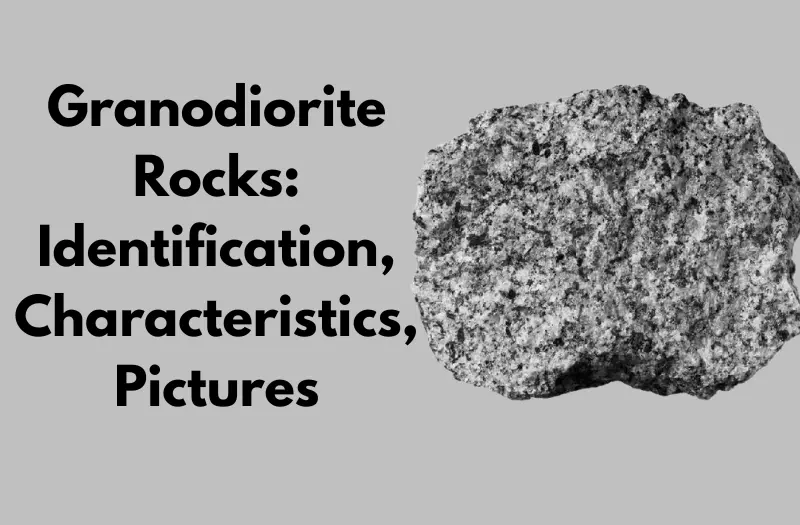
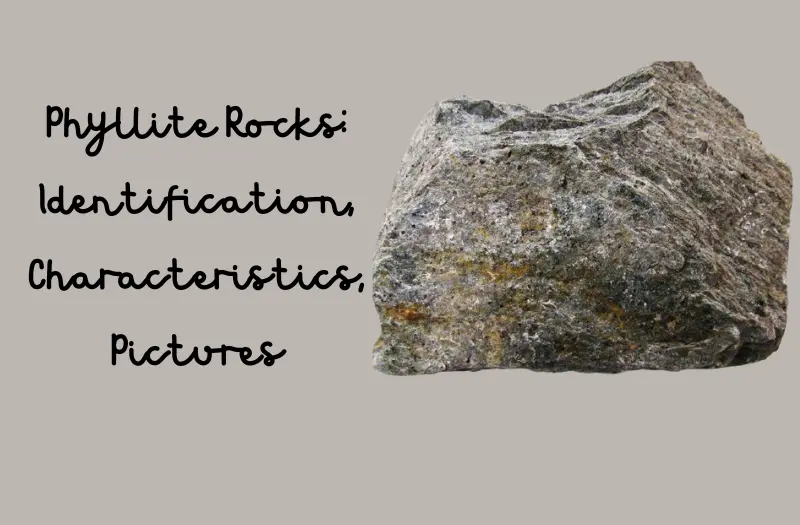
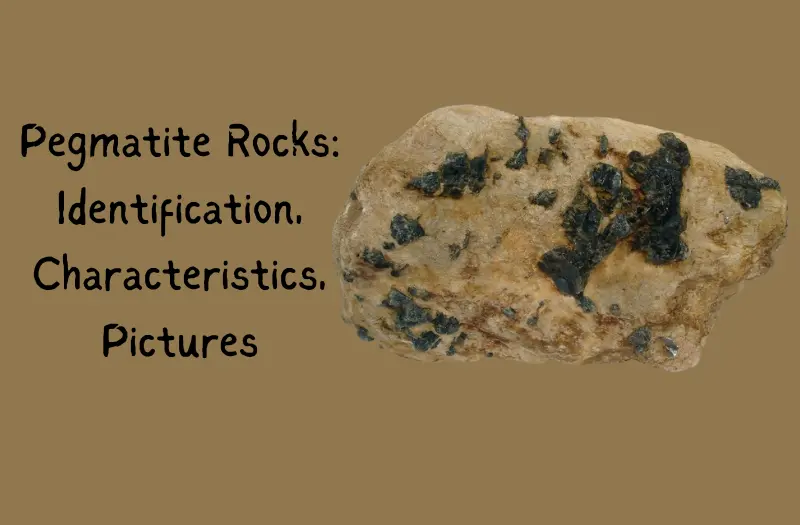
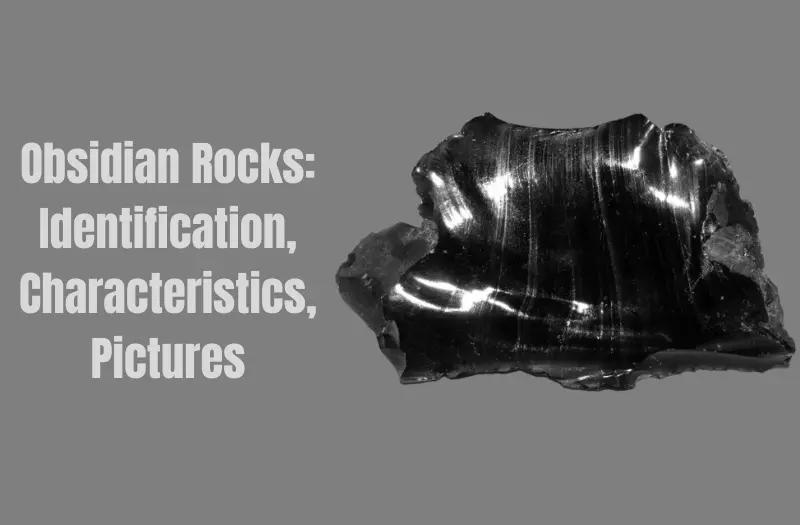
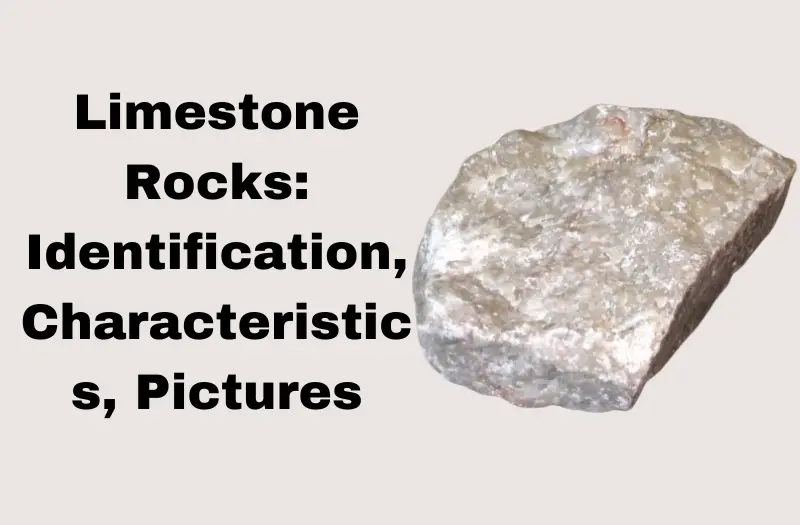
Leave a Reply